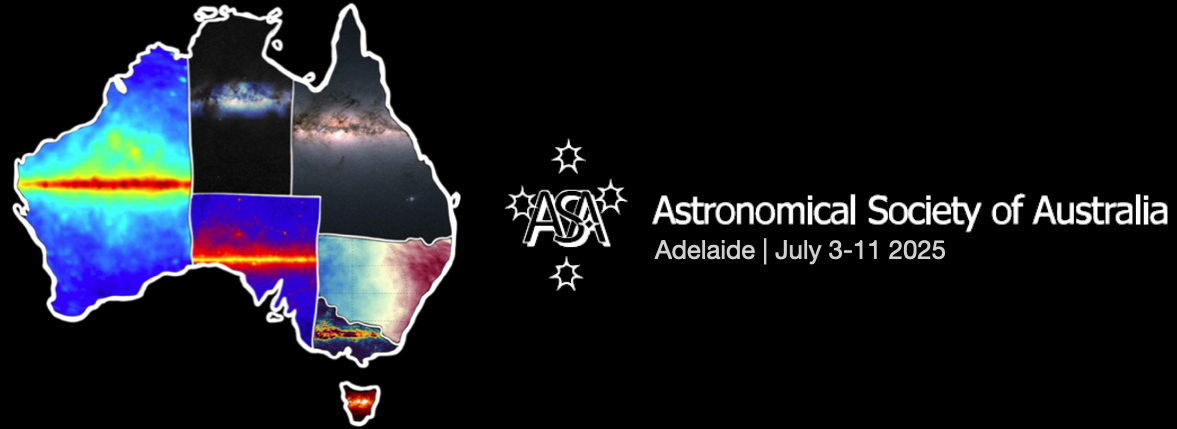Speaker
Description
The remarkable discovery by Y. Wang et al. (2021, MNRAS 502, 3294) of multiple scintillating AGN behind a nearby (within 20pc), long and narrow interstellar plasma filament (1.7 degrees by 4 arcmin on the sky) heralded a new era in studies of scintillating radio sources, made possible by widefield radio telescopes such as ASKAP. The finding has important implications for understanding the physics and origin of the still-mysterious, yet ubiquitous, interstellar scattering “screens” that cause very compact (mas-scale or smaller) sources to scintillate. However, from the ASKAP data alone, the strength of scattering is not well constrained, leading to ambiguity in modelling the screen properties. Data across a broader frequency range can constrain the scattering strength as a function of frequency. We present new analysis of follow-up data for two of the fast scintillators, observed with the VLA across the frequency range 4-8 GHz, and discuss implications for the scattering plasma.

